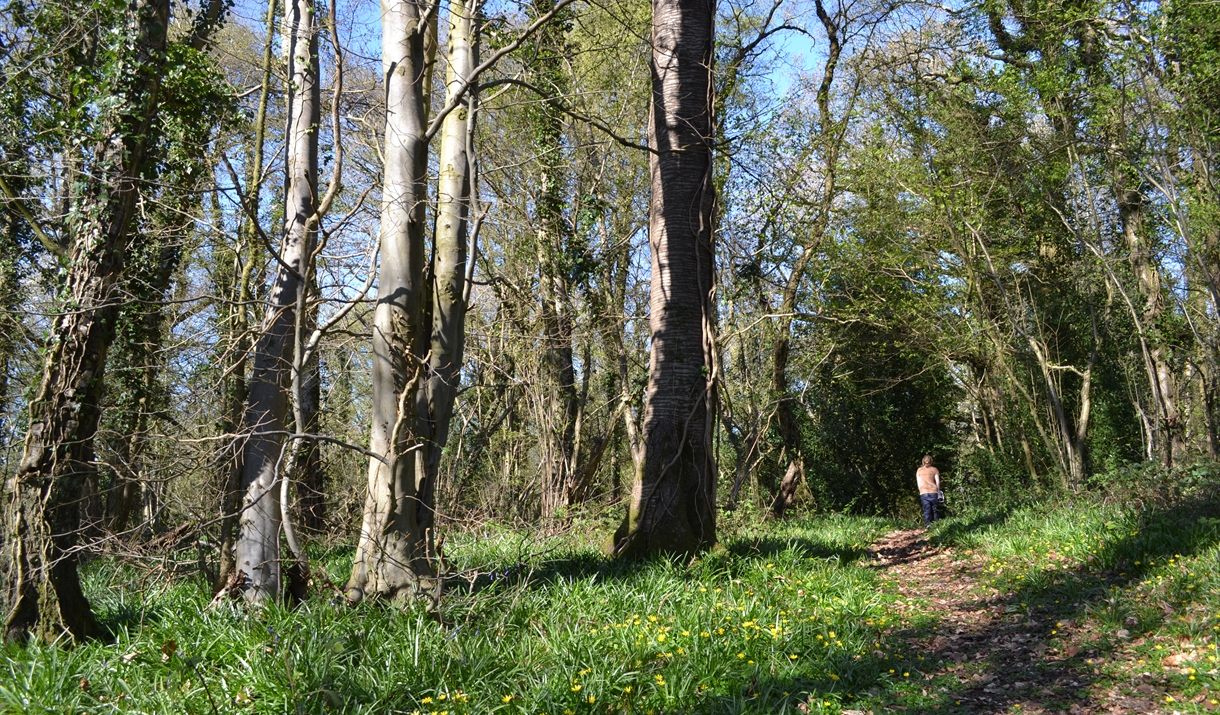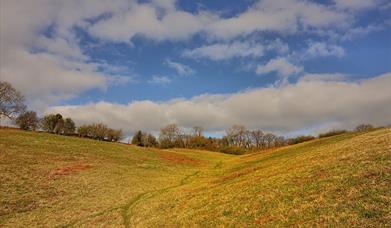
Book Tickets Online
About
Walking through the woodland, you’ll see a mix of trees from grand oak to slender silver birches. In the centre of the reserve, you’ll find a patch of wild cherry trees, recognisable by their coppery-red trunks. In spring, their white blossom is a much-needed source of nectar and pollen for bees and other pollinators. Later in the year, their fruit is popular with birds like hawfinches, Britain’s largest finch.
In spring, wildflowers like wood sorrel, bluebell and ramson are a beautiful sight as they cover the floor and provide food for insects. The deadwood left in the woodland is also vital for the many species of invertebrates found here. In 2005, a survey revealed 283 species of invertebrates on the reserve, including several rare species. In the older trees, deep crevices and rot holes provide the perfect roosting sites for noctule bats that can be seen hunting for insects around the tree canopy as the sun sets.
Book Tickets
Facilities
Booking & Payment Details
- Free Entry
Property Facilities
- Dogs Accepted



 to add an item to your Itinerary basket.
to add an item to your Itinerary basket.








